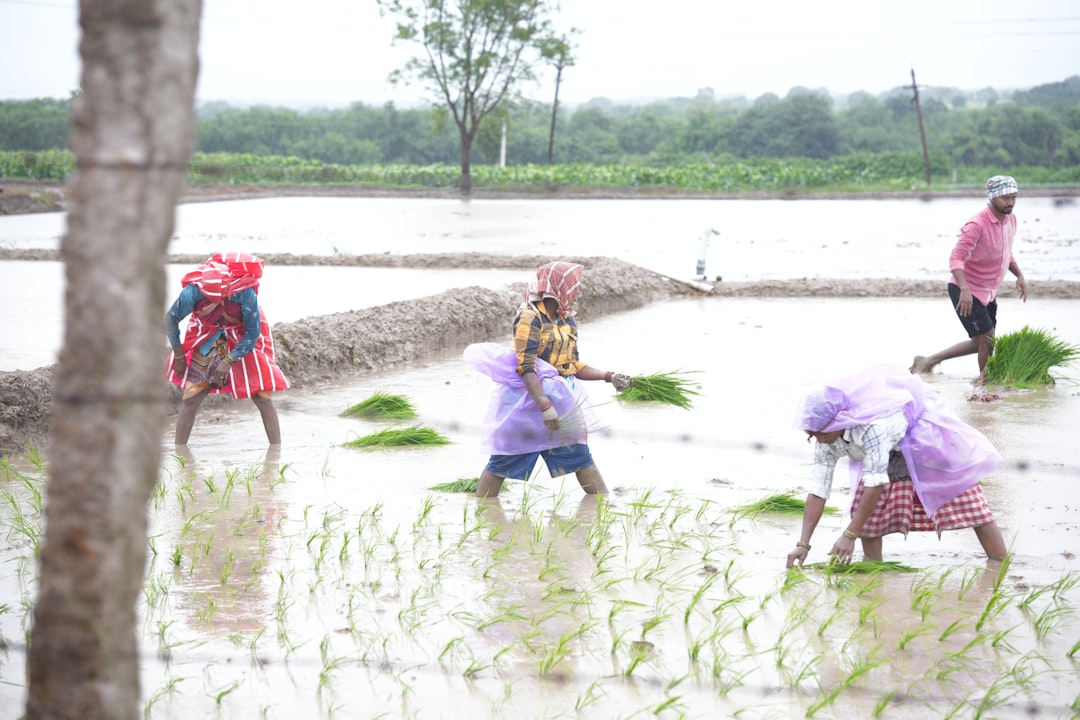Water is constantly on the move, journeying through our environment in a never-ending cycle that sustains life on Earth. Understanding the water cycle is not just a matter of scientific curiosity—its intricate processes have profound implications for agriculture, particularly when it comes to designing effective irrigation and drainage systems. By examining the water cycle in detail, we can appreciate how natural processes influence water availability and distribution, and how modern agricultural practices strive to work in harmony with nature.
The Fundamentals of the Water Cycle
At its core, the water cycle describes the continuous circulation of water within our planet’s atmosphere, surface, and subsurface. The primary components of the cycle include:
-
Evaporation: When the sun heats water bodies such as oceans, rivers, and lakes, water transforms into water vapor and rises into the atmosphere.
-
Condensation: As water vapor cools, it condenses into tiny droplets, forming clouds.
-
Precipitation: When cloud droplets grow heavy, they fall as precipitation—rain, snow, sleet, or hail—bringing water back to the Earth’s surface.
-
Infiltration and Runoff: Once water reaches the ground, some infiltrates into the soil, replenishing groundwater, while the rest runs off into streams, rivers, and lakes, eventually returning to larger bodies of water.
This dynamic process continuously redistributes water, influencing everything from local weather patterns to global climate systems.
The Water Cycle’s Role in Irrigation Systems
Aligning with Natural Precipitation Patterns
Irrigation is fundamentally about supplementing natural water supplies to meet the demands of crops. An intimate understanding of local precipitation trends—how often it rains and how much water is delivered—allows farmers to design irrigation systems that work in harmony with nature. For example:
-
In regions with reliable rainfall, irrigation systems may serve as a backup during drier spells.
-
In arid areas or regions with seasonal rainfall, precise irrigation, such as drip systems, ensures that every drop counts, conserving water while optimizing crop health.
Mitigating Evaporation and Enhancing Efficiency
The process of evaporation plays a critical role in the water cycle and can also lead to significant water loss in open irrigation systems. This loss is particularly pronounced in regions with high temperatures and strong sunlight. Modern irrigation practices address this issue by:
-
Using moisture sensors and weather data: These technologies help farmers determine the optimal times for watering, reducing waste.
-
Deploying efficient systems like drip irrigation: Water is delivered directly to the root zone of plants, minimizing surface exposure and reducing evaporation losses.
By aligning irrigation schedules with the natural rhythms of the water cycle, agricultural systems can improve water-use efficiency and increase resilience against climatic variability.
The Impact on Drainage Systems
Addressing Precipitation Variability
While water is essential for life, excess water can be detrimental, leading to waterlogged soils and crop damage. The water cycle’s precipitation phase brings both opportunities and challenges. Intense, short-duration storms can lead to rapid accumulation of water in fields. To manage this:
-
Effective drainage designs: These systems are critical to quickly removing excess water, preventing water stagnation, and maintaining soil structure.
-
Tailored drainage infrastructure: Systems such as subsurface drainage allow for controlled removal of water, preserving both crop health and soil integrity.
Balancing Infiltration and Runoff
When water infiltrates into the soil, it recharges groundwater supplies—a beneficial process for sustaining agricultural operations, particularly in drought-prone regions. However, if water infiltrates too slowly or not evenly, runoff may occur, carrying away valuable topsoil and nutrients. To mitigate these issues:
-
Integrated water management: Combining irrigation and drainage strategies allows farmers to optimize water distribution. For instance, strategic placement of drainage channels helps manage runoff while preserving soil moisture in areas critical for crop development.
-
Land contouring and terrace farming: These practices help control the speed of runoff and enhance water infiltration, ensuring that water is retained where it is most needed.
The Broader Implications for Sustainable Agriculture
Adapting to Climate Change
The impact of global climate change has altered many aspects of the water cycle, including the frequency and intensity of precipitation events, patterns of evaporation, and the recharging of groundwater reserves. This evolution requires a dynamic approach:
-
Flexible irrigation management: Systems must be adaptable to sudden changes in weather patterns, integrating real-time data to adjust water delivery.
-
Resilient drainage design: As rainfall becomes more erratic, drainage systems need to be robust enough to handle occasional deluges without compromising soil health.
By staying responsive to these changes, sustainable agriculture can continue to thrive even under new climatic pressures.
Innovations in Water Management Technology
Recent technological advancements have made it easier than ever to monitor and manage the water cycle’s impacts on agriculture:
-
Smart sensors and IoT devices: These tools provide real-time insights into soil moisture, weather conditions, and water usage, enabling precise adjustments to both irrigation and drainage systems.
-
Data-driven decision-making: Advanced analytics and forecasting models allow farmers to predict water availability and demand more accurately, leading to more sustainable water management practices.
Conclusion
The water cycle is a powerful force that underlies every aspect of our natural environment—and by extension, our agricultural practices. By understanding its core processes, from evaporation to precipitation and runoff to infiltration, farmers can develop irrigation and drainage systems that not only cater to the immediate needs of crops but also enhance long-term sustainability. Embracing innovative technologies and integrating these age-old natural processes into modern water management strategies is key to thriving in a world marked by climate uncertainty and growing demands on our precious water resources.
Ultimately, the synergy between nature’s processes and human ingenuity paves the way for a more resilient agricultural future, where every drop of water is utilized with precision, care, and respect for the environment.

Comments
No comments yet. Be the first to comment!
You must be logged in to comment. Login